White-footed Mouse
- December 21, 2023
- 0 comment
The White-footed Mouse (Peromyscus leucopus) is a small, nocturnal rodent native to North America, belonging to the family Cricetidae. Identified by its distinct physical characteristics, this mouse is named for its white underparts and, as the name suggests, its distinctive white feet. Typically measuring around 3 to 4 inches in length, excluding the tail, and weighing between 0.7 to 1 ounce, the White-footed Mouse is characterized by its large, round ears and large, dark eyes. Its fur is usually a combination of brown and gray hues, providing effective camouflage in its natural habitat.
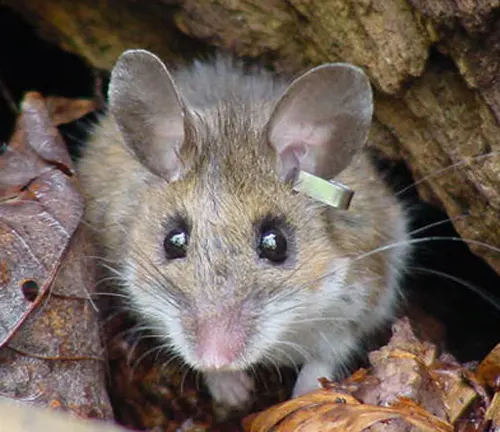
This species is found in a wide range of environments, including deciduous forests, grasslands, and brushy areas throughout eastern and central North America. It has adapted well to human-altered landscapes and can be found in suburban and rural areas. The White-footed Mouse plays a crucial role in its ecosystem, serving as both predator and prey. Its diet consists of seeds, nuts, fruits, and insects, contributing to the natural balance of its habitat.
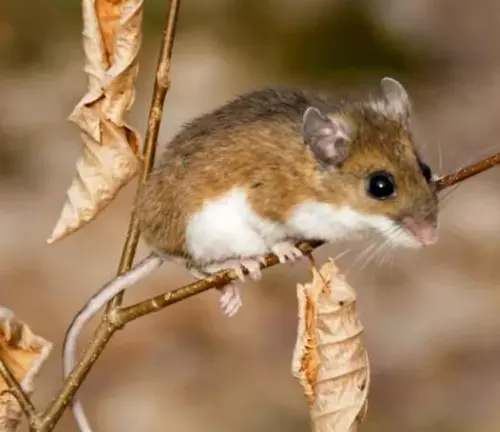
Despite its ecological importance, conflicts can arise when these mice inhabit human dwellings. They may damage structures, contaminate food supplies, and pose health risks through the transmission of diseases. As a result, control measures are sometimes implemented, raising ethical considerations about the impact on local ecosystems. Legal status varies, with some jurisdictions providing protection for the White-footed Mouse due to its ecological role, while others may permit control measures to address potential conflicts with humans.
Concerns about health and safety stem from the White-footed Mouse’s potential to carry diseases such as Lyme disease, as they are hosts for the black-legged tick (Ixodes scapularis), a vector for the disease. Awareness of preventive measures, such as avoiding direct contact with mice and implementing tick-control strategies, is essential in areas where these rodents are prevalent. Understanding the ecological significance, legal status, and potential health risks associated with the White-footed Mouse is crucial for maintaining a harmonious coexistence between humans and this important rodent species.
| Category | Specification |
|---|---|
| Scientific Name | Peromyscus leucopus |
| Family | Cricetidae |
| Size | Length: 3 to 4 inches (excluding tail) |
| Weight: 0.7 to 1 ounce | |
| Physical Features | White underparts and distinctive white feet |
| Fur: Brown and gray | |
| Ears: Large and round | |
| Eyes: Large and dark | |
| Habitat | Deciduous forests, grasslands, and brushy areas |
| Adaptable to suburban and rural environments | |
| Diet | Seeds, nuts, fruits, and insects |
| Range | Eastern and central North America |
| Ecological Role | Predator and prey, contributing to ecosystem balance |
| Conflicts with Humans | Structural damage, food contamination, health risks |
| Legal Status | Varied, protection in some areas, control measures allowed in others |
| Health Risks | Potential carrier of diseases like Lyme disease through hosting black-legged ticks |
| Preventive Measures | Avoiding direct contact, implementing tick-control strategies |
| Ecological Importance | Crucial for maintaining a balanced ecosystem |
Reproduction
The reproductive prowess of the White-footed Mouse is a testament to its resilience. With a breeding season spanning from early spring to late fall, these mice can produce several litters in a single year. Their gestation period lasts approximately three weeks, yielding litters of three to five pups. The maternal dedication displayed during the three-week nursing period contributes significantly to the survival and growth of their young, emphasizing the species’ efficiency in populating their environments.
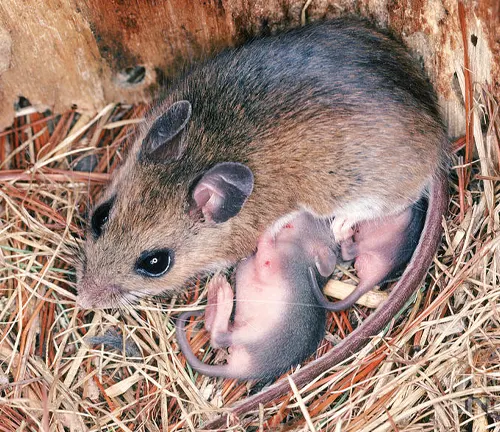
Behavior
Under the veil of darkness, the White-footed Mouse unveils its dynamic and adaptable behavior. As primarily nocturnal creatures, they navigate their surroundings with agility, displaying remarkable climbing abilities that allow them to ascend trees and shrubs effortlessly. Socially, these mice exhibit territorial behaviors, marking their domains with scent markings. Their intricate communication involves vocalizations and body language, fostering interactions among themselves and aiding in mate selection.
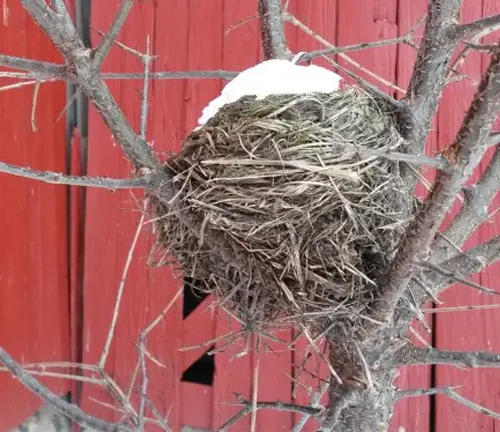
Nesting/Denning Cover
The White-footed Mouse’s nesting and denning practices showcase a meticulous approach to creating secure habitats. Whether utilizing natural shelters like tree hollows or abandoned bird nests, or constructing their own nests on the ground, these mice display a resourceful knack for finding ideal homes. Composed of leaves, grass, and other plant materials, these nests serve as protective sanctuaries for rearing their young, shielding them from predators and the vagaries of weather.
Habitat
The adaptability of the White-footed Mouse shines through in its choice of habitat. While deciduous forests are familiar terrain, these mice seamlessly integrate into grasslands, brushy areas, and even suburban landscapes. This versatility allows them to exploit diverse food resources and navigate the proximity of human settlements, underlining their ecological flexibility and resilience.
Food Habits
Navigating their varied habitats, White-footed Mice display a diverse palate. Their diet comprises seeds, nuts, fruits, and insects, reflecting an opportunistic approach to foraging. This eclectic menu not only sustains them but also contributes to the delicate ecological balance in their environments.

Voice, Sounds, Tracks, and Signs
In the silent realm of the night, the White-footed Mouse communicates through subtle sounds and tracks. Their vocalizations, often soft and subtle, play a role in social interactions. Meanwhile, their tracks and signs, etched in the earth, offer a glimpse into their secret nocturnal lives, weaving a complex narrative of their movements and interactions within their habitats. Understanding these nuances enhances our appreciation for the intricate world of the White-footed Mouse.
Damage Identification by the White-footed Mouse
The White-footed Mouse (Peromyscus leucopus) may be small in stature, but its presence can leave discernible traces. Identifying the signs of damage caused by these mice is crucial for mitigating their impact on various environments. From landscapes to structures, understanding the distinctive indicators of their presence is the first step in effective management.
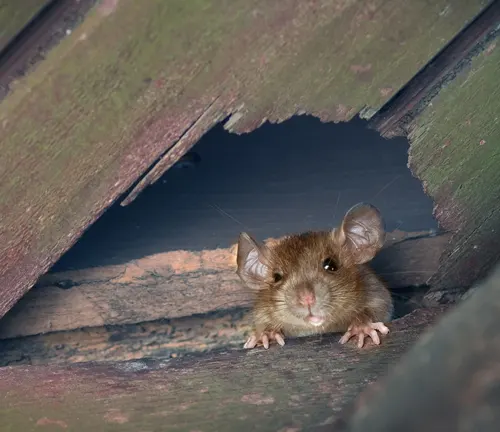
Damage to Landscapes
In their quest for food and shelter, White-footed Mice can inadvertently impact landscapes. These mice are known to forage on seeds and small plants, affecting the composition of vegetation in their habitats. Their activities may result in altered plant distribution and density, influencing the overall ecology of the landscape. Recognizing these landscape changes helps conservationists and ecologists monitor the ecological balance within affected areas.
Damage to Crops and Livestock
Agricultural areas often bear the brunt of the White-footed Mouse’s foraging habits. These mice have a varied diet that includes crops such as grains and fruits. In agricultural settings, this can translate to damaged crops, affecting yields and economic outcomes. Furthermore, the presence of White-footed Mice can indirectly impact livestock by altering the availability of forage or competing for resources. Identifying and addressing these issues promptly is essential for maintaining the productivity of agricultural landscapes.
Damage to Structures
While landscapes and crops face ecological impacts, structures can experience a different set of challenges when White-footed Mice take residence. These mice are adept at gnawing on various materials, including wood and insulation, posing a threat to the integrity of buildings. In addition, their nesting activities can lead to contamination through droppings and urine, posing health risks to occupants. Identifying structural damage caused by these mice is crucial for implementing effective control measures and preserving the integrity of human habitats.

Damage Prevention and Control Methods for the White-footed Mouse
The presence of White-footed Mice (Peromyscus leucopus) can pose challenges, particularly when their activities lead to damage in various environments. Effective control methods are essential for managing their impact. Here, we explore a range of strategies aimed at preventing and controlling damage caused by these resilient rodents.
Habitat Modification to Deter White-footed Mice
One proactive approach to mitigating the impact of White-footed Mice is habitat modification. By altering the environment to make it less favorable to these rodents, we can discourage their presence. This might include removing potential nesting sites, reducing food sources, and creating barriers to limit their movement. Understanding the mice’s habitat preferences is crucial for implementing targeted modifications that disrupt their natural behavior.
Exclusion Techniques to Keep White-footed Mice at Bay
Exclusion is a key strategy in preventing White-footed Mice from entering unwanted areas. Sealing entry points in structures, such as gaps in walls or foundations, can effectively keep these rodents out. Employing mesh or other barriers in agricultural settings can protect crops from foraging. By creating physical barriers, we can limit the mice’s access to vulnerable spaces, reducing the potential for damage.
Frightening Devices as a Deterrent for White-footed Mice
Frightening devices leverage stimuli that deter White-footed Mice without causing harm. These devices may include ultrasonic repellents or motion-activated lights. While the effectiveness of such devices can vary, they offer a non-lethal option for keeping mice at bay. Integrating these devices into strategic locations can disrupt their patterns and discourage them from settling in specific areas.
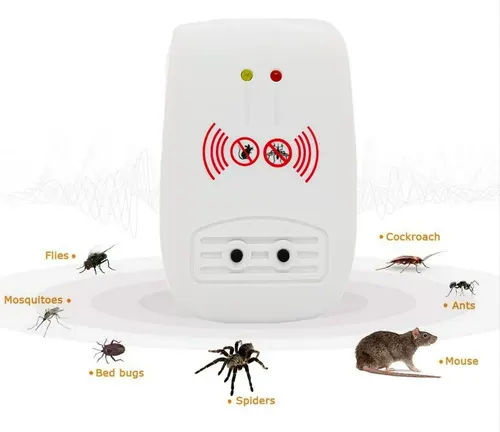
Repellents to Discourage White-footed Mouse Activity
Repellents, whether natural or chemical, can be employed as a preventative measure against White-footed Mice. Substances with strong odors or tastes that are unpleasant to the mice can be applied to targeted areas. This discourages them from foraging or nesting in treated locations. Careful consideration of the repellent type and its application is essential to ensure efficacy and minimize unintended consequences.
Toxicants for Targeted White-footed Mouse Control
In cases where more aggressive control is necessary, toxicants can be employed. These substances, typically in the form of bait, are ingested by the mice and result in control of the population. However, the use of toxicants requires careful consideration to minimize risks to non-target species and the environment. Professional guidance is often recommended for the proper and ethical application of toxicants.
Shooting as a Precision Control Method for White-footed Mice
In specific scenarios, shooting may be considered a targeted control method for White-footed Mice. This method requires precision and adherence to local regulations. While effective in specific situations, it may not be suitable for all environments or circumstances.
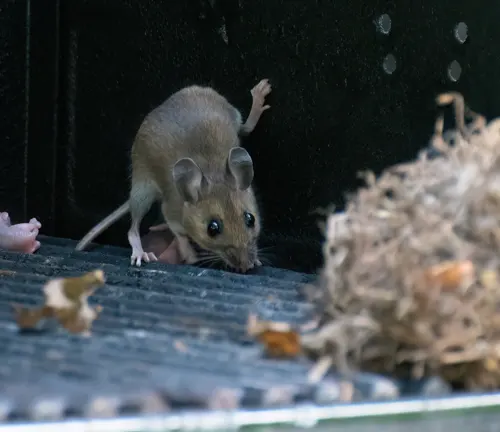
Trapping as a Humane and Controlled Removal Strategy
Trapping is a humane and controlled method for removing White-footed Mice from specific areas. Live traps can be employed to capture mice, allowing for their relocation or disposal. This method provides a more targeted and selective approach, minimizing the impact on non-target species.
Different Species
Peromyscus maniculatus
(Deer Mouse)
This species is widespread in North America and is closely related to the White-footed mouse. Deer mice exhibit a range of coat colors, including shades of brown, gray, and white.
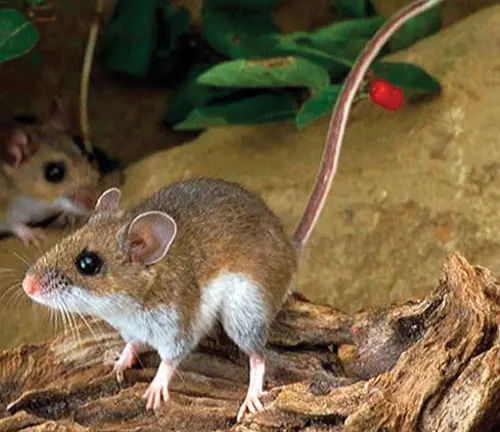
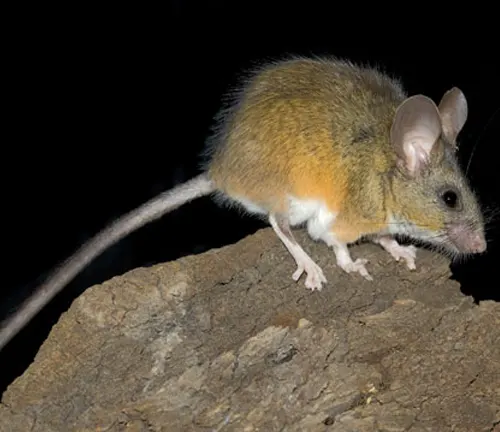
Peromyscus californicus
(California Mouse)
Found in the western United States, the California mouse is another member of the Peromyscus genus. It has a distinctive cinnamon-colored coat and is adapted to a variety of habitats.
Peromyscus gossypinus
(Cotton Mouse)
Native to the southeastern United States, the Cotton mouse is another close relative. It is adapted to both woodland and grassland habitats.
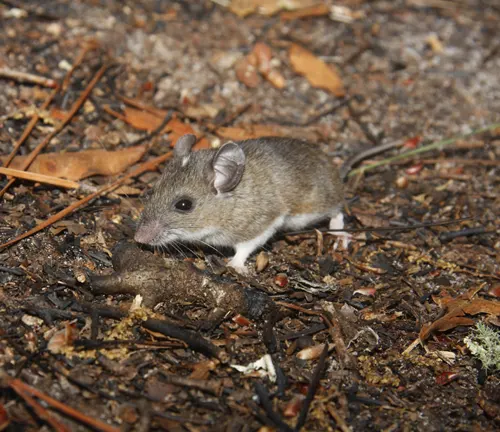
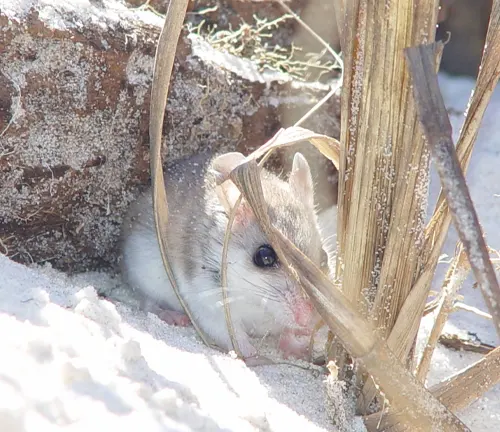
Peromyscus polionotus
(Oldfield Mouse)
Also known as the Oldfield mouse, this species is found in the southeastern United States. It exhibits a range of color variations, including shades of brown, gray, and white.
Peromyscus truei
(Pinyon Mouse)
Inhabiting parts of the western United States and Mexico, the Pinyon mouse is adapted to arid and semi-arid environments. It has a distinctive appearance with a bicolored tail.

Frequently Asked Questions (FAQs)
1. What is a White-footed Mouse?
The White-footed Mouse (Peromyscus leucopus) is a small rodent native to North America, known for its distinctive white underparts and, as the name suggests, its white feet.
2. Where is the White-footed Mouse found?
White-footed Mice are distributed throughout eastern and central North America, adapting to various environments, including deciduous forests, grasslands, and suburban areas.
3. What is the diet of the White-footed Mouse?
Their diet includes seeds, nuts, fruits, and insects. They are opportunistic feeders, contributing to the ecological balance in their habitats.
4. Why are White-footed Mice important ecologically?
They play a crucial role in ecosystems as both predators and prey, contributing to the regulation of populations and maintaining balance in their habitats.
5. Do White-footed Mice carry diseases?
Yes, White-footed Mice can be carriers of diseases such as Lyme disease, as they serve as hosts for the black-legged ticks that transmit the disease.
6. How do I identify damage caused by White-footed Mice?
Damage may manifest in landscapes, crops, and structures. Signs include foraging damage, contamination, and structural gnawing. Identifying these signs is essential for effective control.
7. What are some control methods for White-footed Mice?
Control methods include habitat modification, exclusion, frightening devices, repellents, toxicants (with caution), shooting (where permitted), and trapping. The choice depends on the specific context and ethical considerations.
8. Can White-footed Mice be found in urban areas?
Yes, White-footed Mice are adaptable and can thrive in suburban and urban environments, making them common inhabitants of human-altered landscapes.
9. Are White-footed Mice the same as Deer Mice?
While White-footed Mice (Peromyscus leucopus) and Deer Mice (Peromyscus maniculatus) are related species, they have distinct characteristics. Deer mice have a more widespread distribution and may exhibit different coat colors.
10. What is the reproductive behavior of White-footed Mice?
They are prolific reproducers, with a breeding season extending from early spring to late fall. Females can have several litters a year, each consisting of three to five pups.


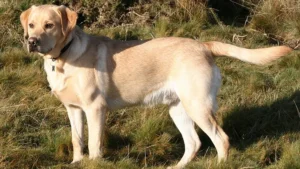
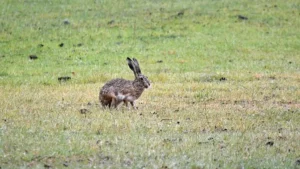


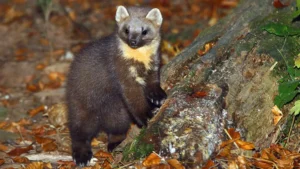



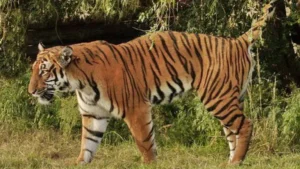
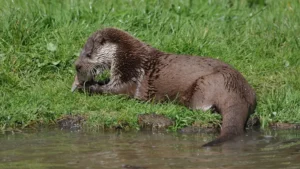


Leave your comment